Covid Return to Work Letter Template Guide
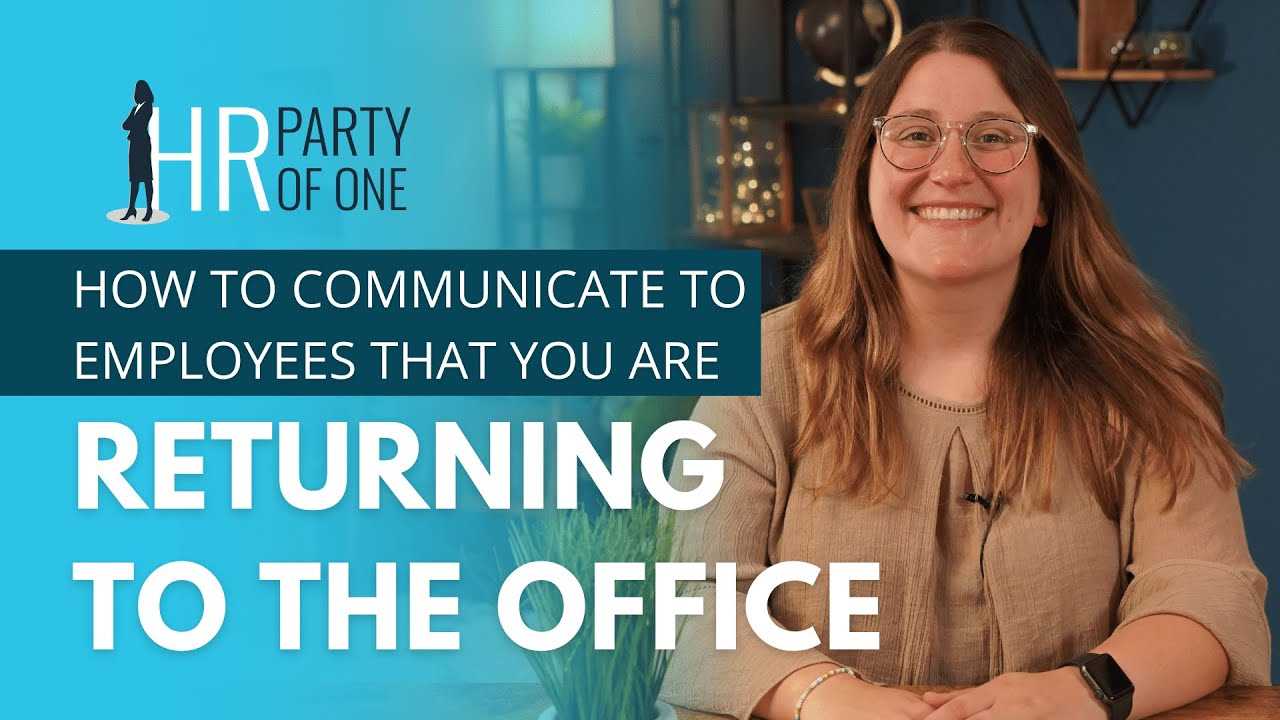
Reintegrating employees into the office after a health crisis requires clear and thoughtful communication. It’s essential to ensure that all staff members feel safe and informed during the transition back to their usual routines. With the necessary adjustments in place, businesses can foster a smooth and supportive return for everyone involved.
Effective communication plays a vital role in this process. Providing employees with the right guidelines and reassuring them about the steps taken to ensure their safety is crucial. This approach helps maintain trust and minimize any uncertainties employees may have about returning to the workplace.
Additionally, addressing health concerns, company policies, and workplace modifications is essential for creating a positive environment. Clear messaging can help bridge the gap between remote and in-office work, ensuring a seamless transition back to business as usual.
Reintegrating Employees After Health Crisis
Ensuring a smooth transition for employees back to the office after an extended period of remote work requires a structured approach. Crafting a communication that outlines the necessary steps for resuming in-person activities is key to easing any concerns. The document should include clear guidelines about safety protocols, expectations, and any adjustments made to the working environment to accommodate everyone.
Key Elements to Include
- Details on the revised health and safety measures.
- Information on any policy changes relevant to the workplace.
- Support available to employees during the transition process.
- Instructions on any necessary preparations or actions employees need to take.
- Contact information for any questions or concerns.
How to Personalize the Communication
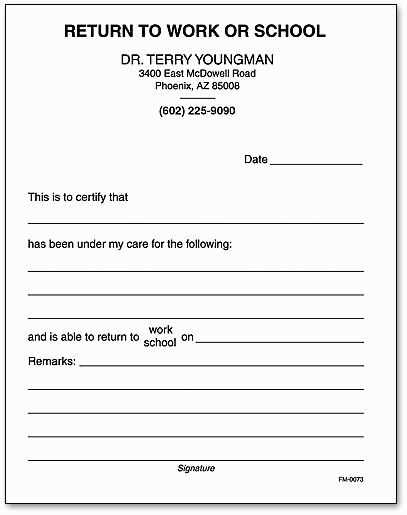
While a general outline is necessary, it’s important to address individual concerns or department-specific needs. Personalizing the message will help employees feel more comfortable and valued, ensuring they are aware of how their specific roles may be affected by the new guidelines. For example, consider addressing any flexible working options or temporary adjustments based on the evolving situation.
Essential Components of a Return Communication
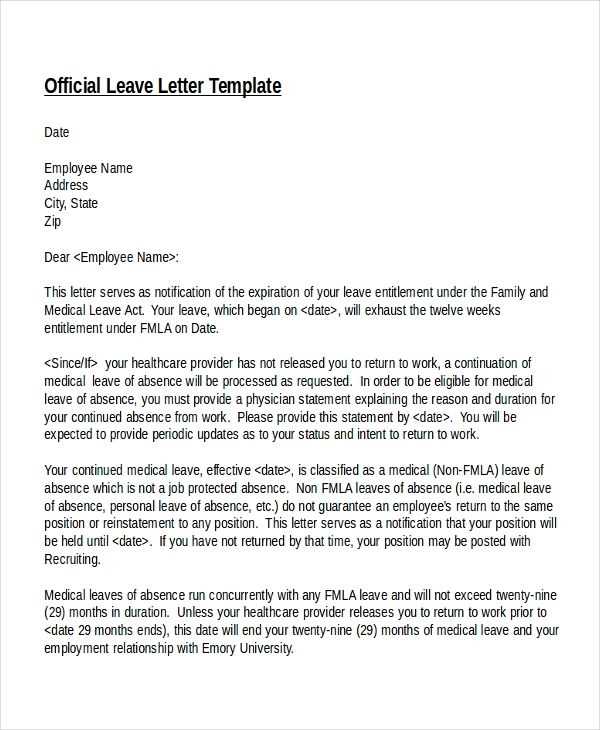
Crafting an effective message to employees when resuming office operations is vital. The content should cover all necessary aspects to ensure clarity and reassurance. A well-structured communication helps in managing expectations and addressing potential concerns, making the transition as seamless as possible.
Key Information to Include
- Overview of the health measures in place for safety.
- Updated company policies that might impact the daily routine.
- Details of any required preparations employees must take before returning.
- Guidelines on support and resources available during the transition period.
- Clear instructions on how to address any personal or professional concerns.
Ensuring Clarity and Support
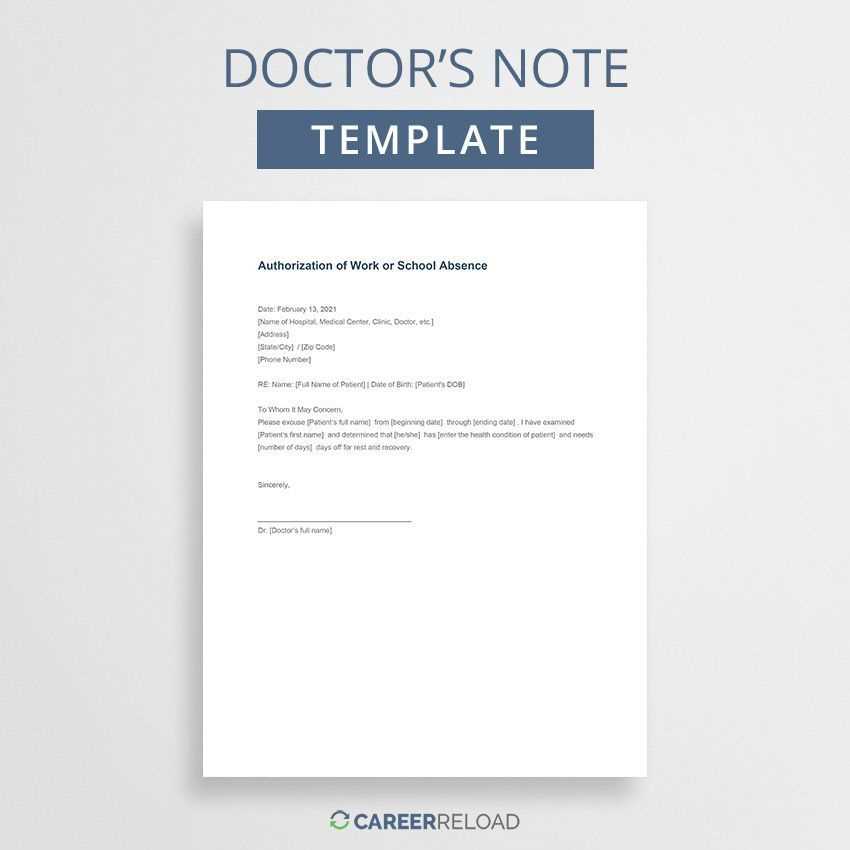
The tone of the message should be supportive and clear, providing employees with reassurance about their health and well-being. Offering avenues for further communication, such as contact points for any questions, is also crucial. This makes employees feel comfortable and more confident as they adjust to the new environment.
How to Address Employee Health Concerns
Addressing the health and safety of employees when transitioning back to the office is crucial. It’s important to provide reassurance by highlighting the steps taken to ensure a safe environment. Clear communication about the measures in place will help alleviate any anxieties employees may have regarding their well-being.
Transparency in Safety Measures
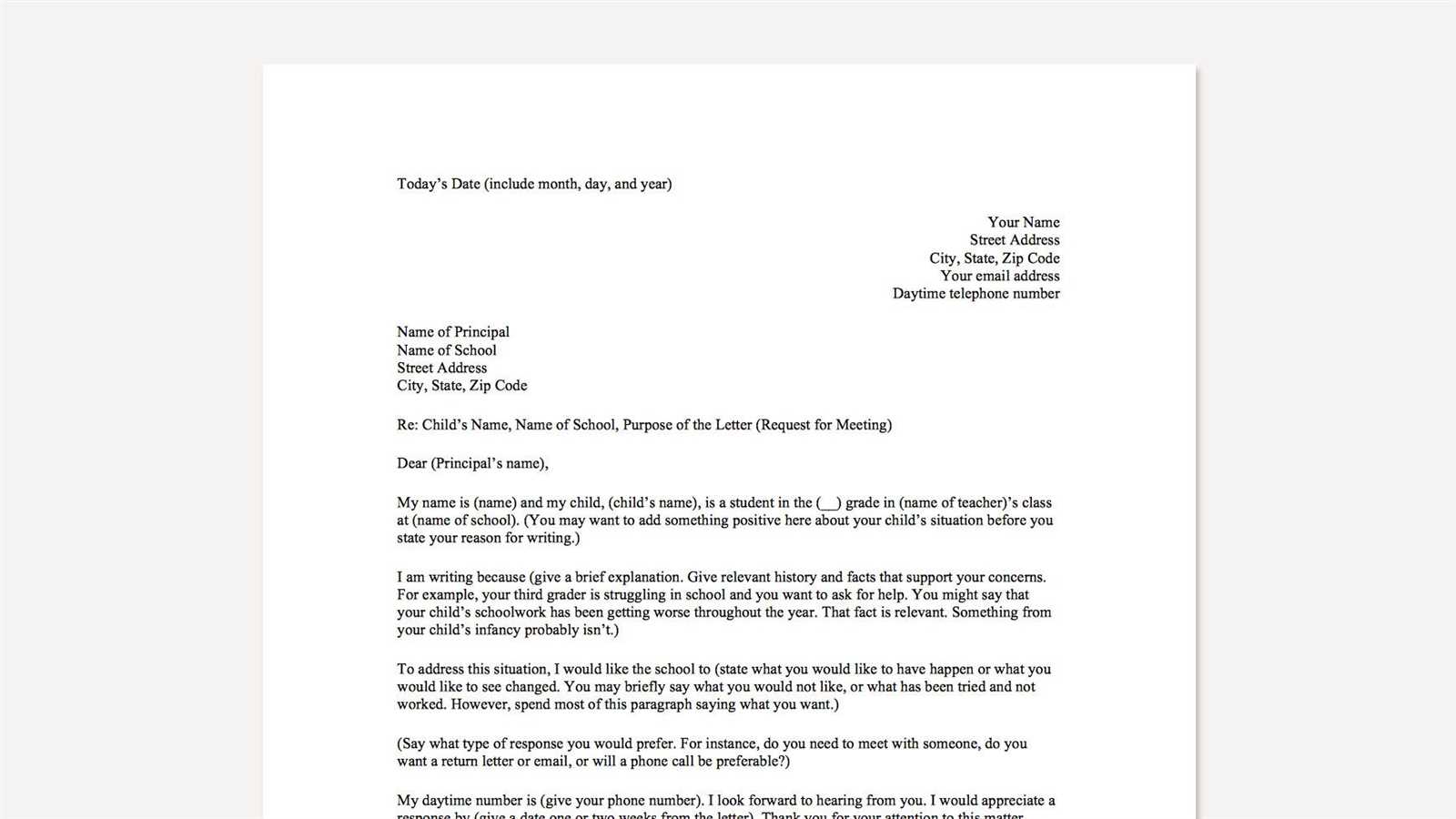
- Explain the safety protocols implemented, such as sanitization practices and social distancing.
- Provide information on any personal protective equipment (PPE) that will be available to employees.
- Highlight any changes to the physical workspace to ensure proper distancing.
- Reassure employees that their health concerns will be taken seriously, and accommodations can be made if necessary.
Offering Support and Flexibility
It’s essential to offer flexibility for employees who may have ongoing health concerns. This could include options for remote work, flexible hours, or other accommodations to ensure that all employees feel comfortable and safe as they return. Providing a clear process for requesting accommodations can help maintain trust and show employees that their health is a priority.
Legal Considerations for Reopening the Workplace
When resuming normal operations after a prolonged period of disruption, it is crucial for employers to navigate the legal landscape carefully. Ensuring compliance with relevant laws and regulations is essential to protect both the organization and its employees. This involves considering employee rights, health and safety guidelines, and any local or national regulations that may impact the workplace.
Employers should be mindful of several factors, including the duty of care to provide a safe environment, the right to privacy concerning employees’ health status, and the need to adhere to government guidelines. Additionally, it is important to update workplace policies and contracts to reflect any new protocols or changes in working conditions that may arise as a result of these adjustments.
Guidelines for Clear Communication with Staff
Effective communication is key to ensuring that employees feel informed, supported, and confident during times of transition. When adjusting to new workplace conditions, providing clear and consistent updates helps to minimize confusion and build trust. The tone, format, and content of the messages play a significant role in how employees perceive the changes.
Maintain Transparency and Honesty
- Ensure employees are aware of any changes to policies or procedures well in advance.
- Be clear about the reasons behind adjustments and how they impact daily operations.
- Provide updates regularly, especially if the situation evolves or if further changes are expected.
Encourage Open Dialogue
Promote an environment where employees feel comfortable asking questions and expressing concerns. Establishing clear channels for communication, such as dedicated email addresses or meetings, allows staff to voice their thoughts and receive timely responses. This open dialogue fosters a supportive atmosphere and reassures employees that their opinions matter.
Adapting Workplace Policies After Health Crisis
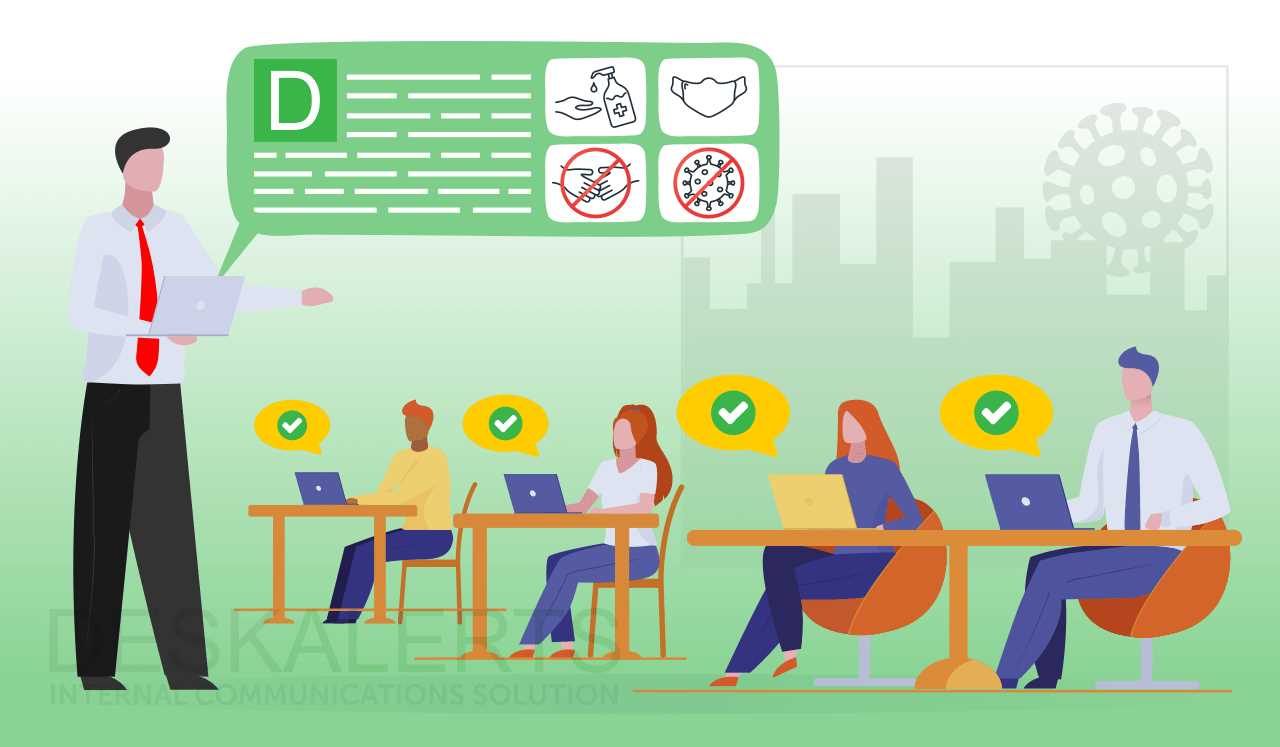
As businesses transition to a new phase of operations, it is important to review and modify existing workplace policies to align with the current environment. Changes in health guidelines, employee expectations, and working conditions require a thoughtful approach to ensure both compliance and support for staff. Policies must be updated to reflect new realities, while also safeguarding the well-being of everyone in the organization.
Health and Safety Adjustments
- Revise policies to incorporate new health protocols, such as sanitation procedures and social distancing guidelines.
- Ensure that employees understand their responsibilities for maintaining safety in the workplace.
- Consider introducing flexible working options to accommodate individual needs, particularly for those with ongoing health concerns.
Support for Employee Well-being
In addition to health-related changes, employers should consider the mental and emotional well-being of their workforce. Offering resources such as counseling services, stress management programs, or increased flexibility in work hours can greatly support employees as they adapt to the changes. Clear communication about available resources helps build a more resilient and supportive work environment.
Best Practices for Employee Reintegration
Successfully reintegrating employees into the workplace after an extended absence requires careful planning and thoughtful strategies. A smooth transition is essential for maintaining productivity and morale. Employers must provide clear guidance, support, and flexibility to help employees adjust and thrive in the new environment.
Key Strategies for Reintegration
| Practice | Details |
|---|---|
| Clear Communication | Ensure that employees are fully informed about changes to the work environment and any new policies. Regular updates are important to maintain clarity and transparency. |
| Gradual Transition | Allow employees to ease back into their roles with gradual shifts in responsibilities or work hours. This approach helps reduce stress and anxiety during the reintegration period. |
| Emotional Support | Provide access to mental health resources or counseling services to help employees manage any feelings of uncertainty or stress during the transition. |
| Flexible Work Options | Offer flexibility in working hours or the option to work remotely, if possible, to accommodate individual employee needs and preferences. |
| Team Engagement | Encourage collaboration and team-building activities to help employees reconnect with colleagues and build a sense of community within the workplace. |